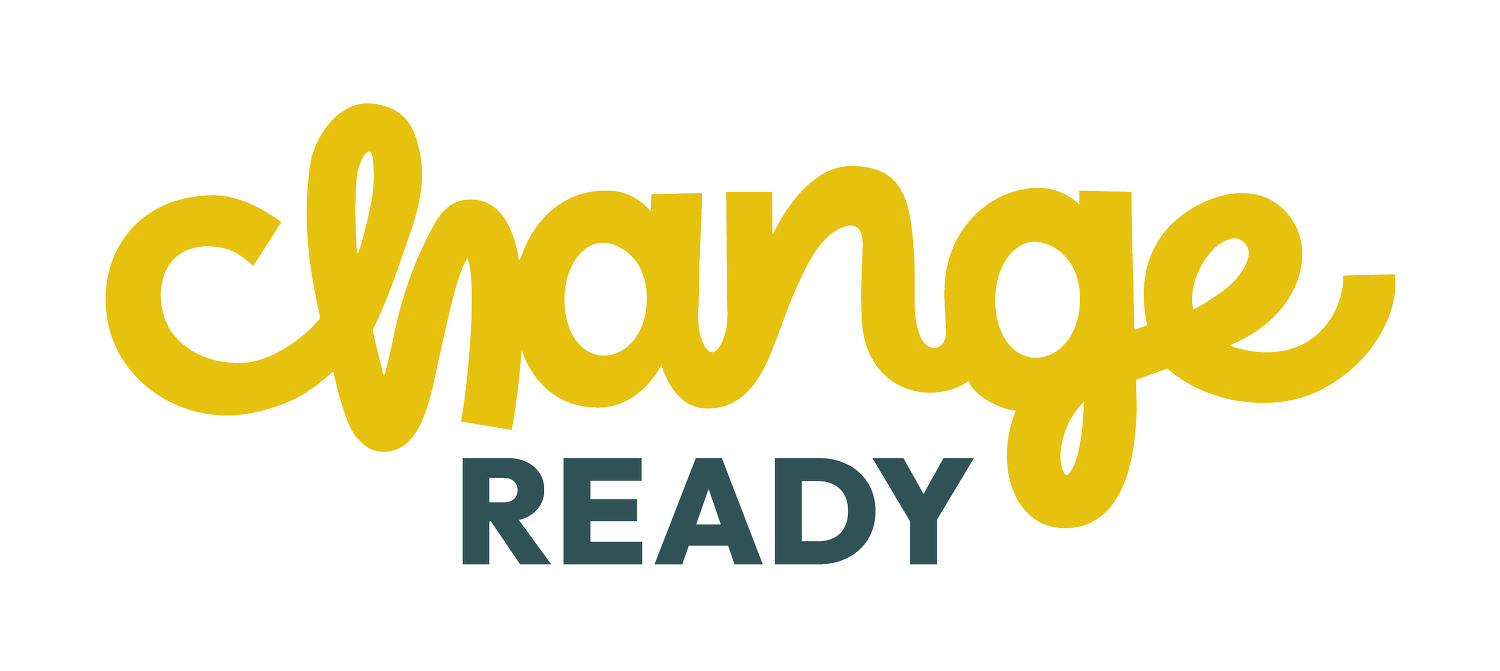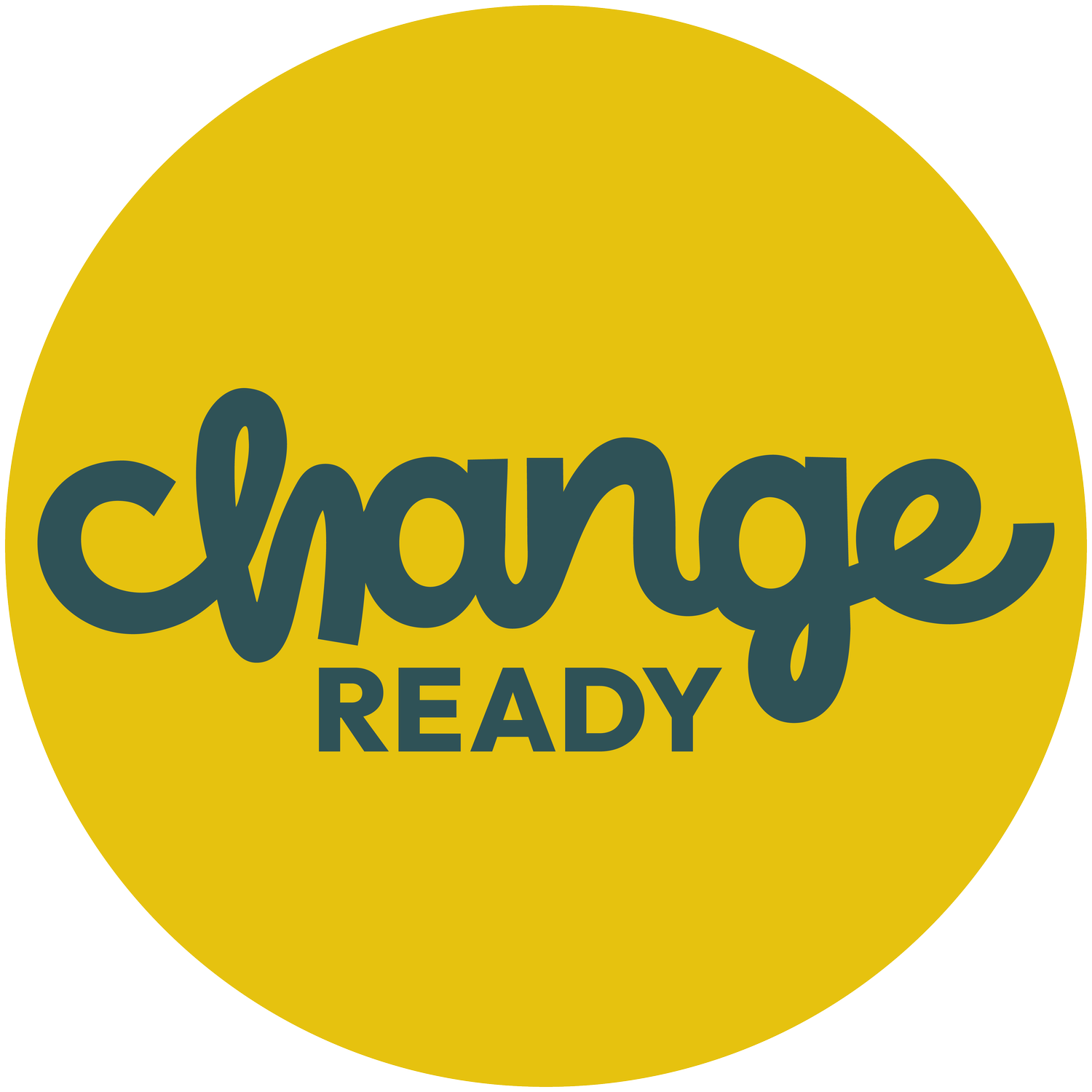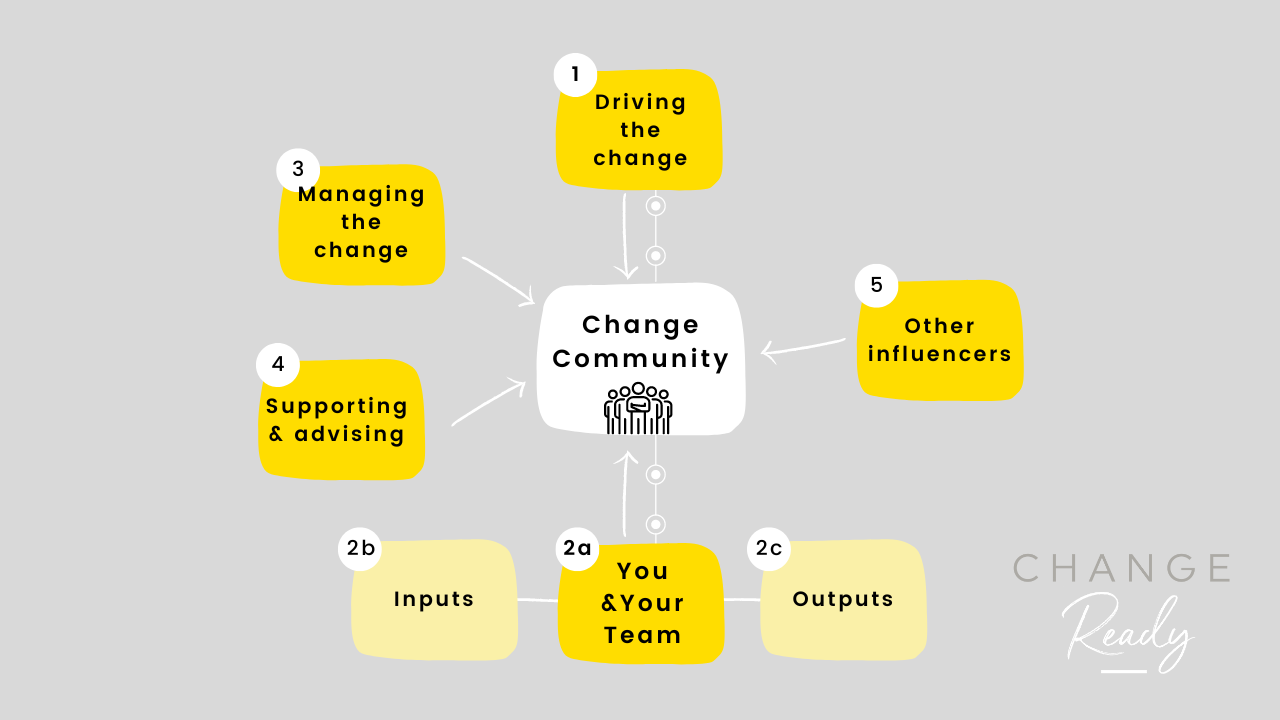Change is a team effort. Did you ever leave someone on the bench?
Most of us probably have this childhood memory tucked away. You know, that one from school. It’s the start of a PE lesson and the teacher has chosen a couple of captains. Now you’re waiting with the rest of the class while the captains pick who they want on their teams.
I enjoyed taking part in all kinds of sport at school, but as someone who needed special help to master the forward roll, it’s safe to say I wasn’t ever first to be picked!
Being last on the team is one thing, but what if you’re left out entirely?
Ouch, that stings. Perhaps you’ve experienced that at work too? Colleagues are invited to join a meeting or a new project but not you. No explanation.
Or maybe you delivered a change in the past and left someone out? A stakeholder you weren’t aware of because they were new, or a process that hadn’t been documented which involved people you hadn’t considered? Maybe it only came to light when they noticed they weren’t invited to the training and raised it with their boss? Or after the change went live and something didn’t happen because a small but essential cog in the wheel was missing?
I’ve seen this happen throughout my career and once or twice I’ve left someone out myself. Not a proud moment. And the impact can completely derail the change.
The people affected feel invisible, ignored, unappreciated. Like their work, thoughts and contributions don’t matter. Sod’s law suggests whoever was missed is probably influential (and vocal) too… and before you know it the rest of the team is involved in the chaos. Things escalate and it suddenly becomes a full-time effort to unpick the mess.
We’re human at the end of the day and it’s inevitable mistakes will be made once in a while, so my advice is to be humble if it happens to you. Admit the mistake if you made it and try not to take it personally if you were left on the bench. Most importantly learn from it, work together to check nobody else is missing, and put checks in place to make it less likely in the future.
Where do you belong?
If you try to list all the teams you’re part of at work, you’ll soon see it extends well beyond the company hierarchy and formal reporting lines. You might be part of several different projects, committees, special interest groups, or management teams etc. The role you play in each team is likely to be different too, or how you show up and interact might vary.
This makes it more complex when you need to identify who to involve in a change, but being aware of these different scenarios can help you bring together the unique set of people who make up your Change Community.
Identifying your Change Community
I prefer to talk about a Change Community rather than Stakeholder Management (click the link to read a previous article on this). To avoid confusion, this includes anyone who will be impacted by or needs to be involved in the change, either directly or indirectly.
At this point, most people dive straight in and start creating a RACI table, identifying who will be Responsible, Accountable, Consulted and Informed. It’s a standard project document and useful way to keep a record of the people you need to work with.
But how do you know you've included everyone? What about the less obvious contenders for your team that you might not think of right away? To reduce the risk of missing someone you need a different approach that helps you explore all the possibilities. I like to use a mind-map to do this, bringing the team to life on paper and looking for connections.
Here are some prompts to get you thinking about who to include:
1. Driving the change: Who is the most senior person promoting (sponsoring) the change and who else sits between them and you in the company hierarchy?
2. You and your team:
a. Check if everyone in your reporting line will be affected by the change. If you think some won’t be, let them know and double-check if they can think of a reason that might not be true.
b. Inputs. Think about ‘inputs’ your team needs to complete the tasks they work on each day/week/month/year. Do they receive information (e.g. reports from other colleagues, invoices from suppliers, feedback from customers etc) or interact with other people? Will they be affected by the change?
c. Outputs. Think about the ‘outputs’ your team produces and who they interact with or send information to. Will they be affected by the change?
3. Managing the change: are there people dedicated to making the change happen? E.g. Project Manager, Change Manager, Subject Matter Experts etc?
4. Supporting & advising: are there other people providing advice on the change (e.g. people from Legal, Risk, external regulators) or supporting those impacted by the change (e.g. HR, Internal Comms, People Development, external trainers, coaches, employee assistance schemes).
5. Other influencers: who else might be able to influence decisions or outcomes of the change? These may be inside the company or external, e.g. competitors or politicians.
Another great way to check who is involved is through a Service Blueprint. I’ll share more on this in a future article. MIRO has some examples if you’re interested.
If in doubt, keep asking “who else belongs here?”
When you have your first draft, share with others and ask them who else belongs in the Community. Over time, more information might become available, or things might change, so keep checking back to make sure everyone is covered.
If you give this a try, please let me know how you get on, or share your own tips and what works for you.
Good luck!
Davina
If you’re new here, welcome! I’m Davina, founder of Change Ready. I help leaders and their teams develop the skills and confidence to make change that matters, at work and in their communities. I offer a range of workshops, coaching and delivery options. If you'd like to talk about a change you're working on, or need support, get in touch or book a free call here on the website.
If you enjoyed this article then sign up to my mailing list for more insights straight to your inbox and access to the Make Change That Matters community.
#ChangeReady
#ChangeShapers
#MakeChangeThatMatters



